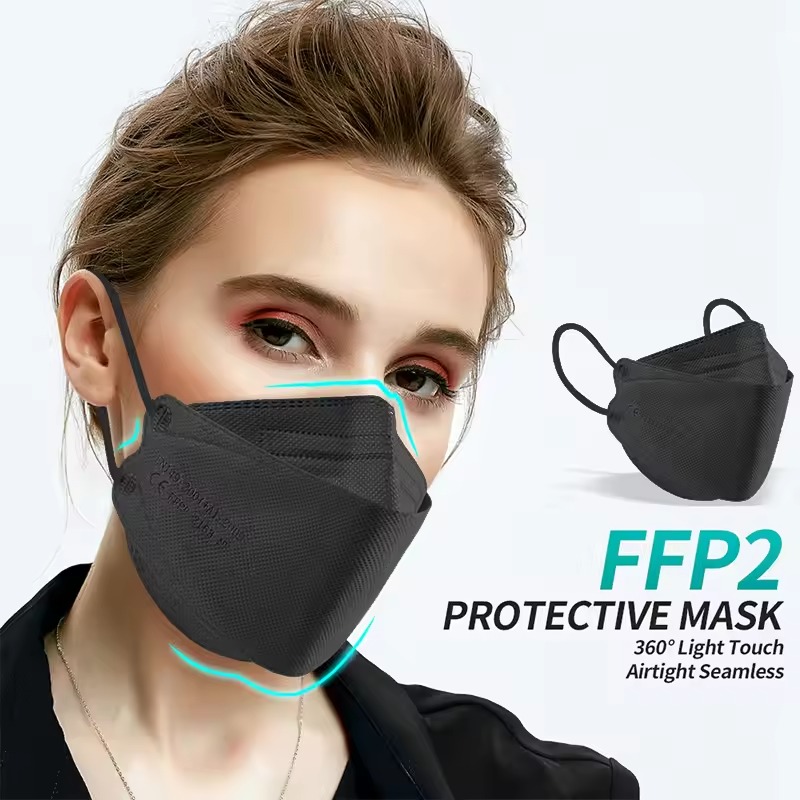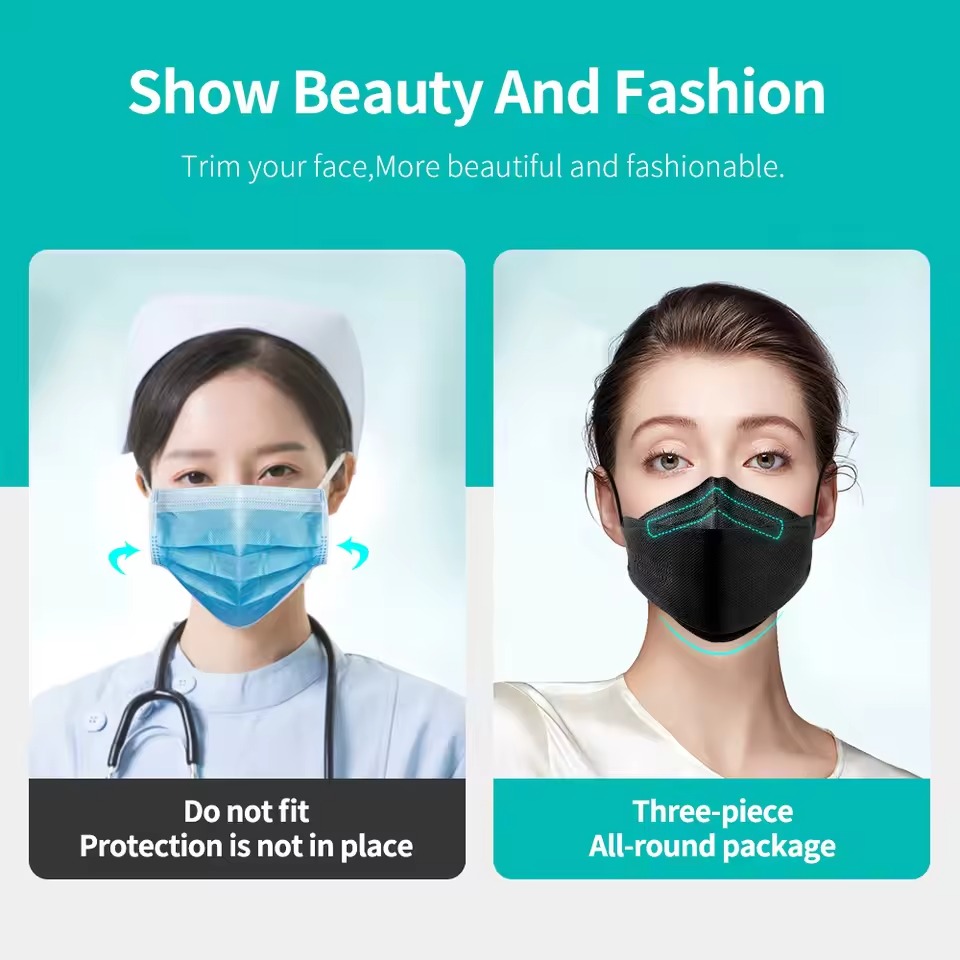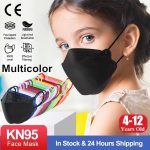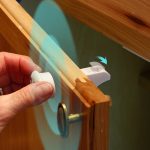Introduction
In the realm of personal protective equipment (PPE), ensuring that respiratory protection fits properly is crucial for maintaining safety and effectiveness. N95 masks, in particular, are widely used in healthcare, industrial, and other settings where exposure to airborne particles, including infectious agents, is a concern. To ensure that an N95 mask provides the necessary level of protection, a fit test is essential. There are two primary methods for conducting a fit test: qualitative and quantitative. This article will explore the differences between these two methods, their advantages and disadvantages, and provide guidance on which method may be most suitable for different scenarios.
Understanding N95 Masks
What Are N95 Masks?
N95 masks, also known as N95 respirators, are a type of particulate-filtering facepiece respirator (FFR) that meet the standards set by the National Institute for Occupational Safety and Health (NIOSH). The “N” in N95 stands for “not resistant to oil,” meaning the respirator is design to filter out oil-based particles. The “95” indicates that the respirator filters out at least 95% of airborne particles, including those as small as 0.3 microns. These masks are commonly used in healthcare settings, construction, and during public health emergencies to protect against airborne contaminants.
Importance of Proper Fit
The effectiveness of an N95 mask depends heavily on its proper fit. A well-fitting mask creates a tight seal around the face, ensuring that all inhaled air passes through the filter. If the mask does not fit properly, unfiltered air can enter through gaps, compromising the user’s protection. This is why a fit test is a critical step in ensuring the safety and efficacy of N95 masks.

Types of Fit Tests
N95 MasksQualitative Fit Test (QLFT)
A qualitative fit test (QLFT) is a pass/fail test that relies on the wearer’s sense of taste or smell to detect a challenge agent. The test is subjective and is based on the individual’s perception of the challenge agent. QLFTs are typically used for half-mask respirators, including N95 masks.
How It Works
- Preparation: The wearer dons the N95 mask and performs a series of exercises, such as normal breathing, deep breathing, moving the head side to side and up and down, talking, and bending over.
- Challenge Agent Introduction: A challenge agent, such as saccharin, Bitrex, irritant smoke, or banana oil, is introduced into the testing environment.
- Detection: The wearer is asked to report if they can taste, smell, or feel the challenge agent. If the wearer detects the challenge agent, it indicates a poor fit, and the test is failed. If the wearer does not detect the challenge agent, the test is passed.
Advantages
- Simplicity: QLFTs are relatively simple to perform and do not require specialized equipment.
- Cost-Effective: They are generally less expensive than quantitative fit tests.
- Portability: QLFTs can be conducted in various settings, making them more flexible and accessible.
Disadvantages
- Subjectivity: The test is based on the wearer’s subjective response, which can vary from person to person.
- Limited Precision: QLFTs do not provide a numerical measure of fit, making it difficult to assess the degree of leakage.
- Not Suitable for All Respirators: QLFTs are not appropriate for full-face respirators or other types of respirators that cover the entire face.
N95 Masks Quantitative Fit Test (QNFT)
A quantitative fit test (QNFT) is an objective test that uses specialized equipment to measure the amount of leakage into the respirator. QNFTs provide a numerical fit factor, which is a quantitative measure of the mask’s fit. QNFTs are typically used for both half-mask and full-face respirators.
How It Works
- Preparation: The wearer dons the N95 mask, and a probe is attached to the mask to measure the concentration of a challenge agent inside the mask.
- Challenge Agent Introduction: A challenge agent, such as sodium chloride (salt) or corn oil, is introduced into the testing environment.
- Measurement: The concentration of the challenge agent inside and outside the mask is measured, and a fit factor is calculated. The fit factor is the ratio of the concentration of the challenge agent outside the mask to the concentration inside the mask.
- Pass/Fail Criteria: A fit factor of at least 100 is required for N95 masks, indicating that the mask is 100 times more effective at filtering out the challenge agent than no mask at all.
Advantages
- Objectivity: QNFTs provide an objective, numerical measure of fit, reducing the subjectivity associated with QLFTs.
- Precision: The fit factor provides a precise assessment of the mask’s fit, allowing for better evaluation of the degree of leakage.
- Versatility: QNFTs can be used for a wide range of respirators, including half-mask and full-face respirators.
Disadvantages
- Complexity: QNFTs require specialized equipment and trained personnel to conduct the test.
- Cost: QNFTs are generally more expensive than QLFTs due to the need for specialized equipment and training.
- Time-Consuming: QNFTs can take longer to perform compared to QLFTs, which may be a consideration in time-sensitive situations.

Choosing the Right Fit Test Method
Factors to Consider
When deciding whether to use a qualitative or quantitative fit test, several factors should consider:
Regulatory Requirements
- OSHA Standards: In the United States, the Occupational Safety and Health Administration (OSHA) requires that employers provide fit testing for employees who use respirators. OSHA accepts both QLFTs and QNFTs, but the choice may depend on the specific requirements of the workplace.
- Industry Standards: Some industries or organizations may have specific guidelines or preferences for the type of fit test to use. For example, healthcare settings often prefer QNFTs due to their higher precision and objectivity.
Type of Respirator
- Half-Mask vs. Full-Face: QLFTs are generally suitable for half-mask respirators, including N95 masks. QNFTs are more versatile and can use for both half-mask and full-face respirators.
- Fit Factor Requirements: If a high fit factor require, such as in environments with highly hazardous substances, QNFTs the prefer method.
Cost and Resources
- Budget: QLFTs are generally more cost-effective, especially for smaller organizations or those with limited budgets. QNFTs, while more expensive, may be justified in high-risk environments where precision is critical.
- Equipment and Training: QNFTs require specialized equipment and trained personnel, which may not be feasible for all organizations. QLFTs, on the other hand, are simpler and do not require specialized equipment.
User Comfort and Compliance
- User Preference: Some users may find QLFTs more comfortable and less intrusive, while others may prefer the precision and objectivity of QNFTs. User preference and compliance can impact the overall effectiveness of the fit test.
- Training and Education: Ensuring that users understand the importance of fit testing and how to properly use and maintain their respirators is crucial. Both QLFTs and QNFTs require some level of training, but the complexity and duration of the training may differ.

Best Practices for Conducting N95 Masks Fit Tests
Preparation
- Select the Right Mask: Ensure that the N95 mask test is the correct size and model for the user. Different brands and models may fit differently, so it is important to choose the right one.
- Clean and Inspect the Mask: Before conducting the fit test, clean and inspect the mask for any damage or defects. A damaged mask will not provide adequate protection, even if it fits well.
- Ensure a Clean Environment: Conduct the fit test in a clean, well-ventilated area free from distractions. This will help ensure that the test results are accurate and reliable.
During the Test
- Follow Manufacturer Guidelines: Follow the manufacturer’s guidelines for conducting the fit test, including the specific exercises and procedures. This ensures that the test perform correctly and consistently.
- Monitor the User: Observe the user during the test to ensure that they are performing the exercises correctly and that the mask remains in place. Provide feedback and guidance as needed.
- Document the Results: Record the results of the fit test, including the type of test, the date, and the outcome. This documentation is important for compliance and future reference.
Post-Test
- Provide Feedback: After the test, provide feedback to the user on the fit of the mask and any adjustments that may need. If the test fail, work with the user to identify a better-fitting mask.
- Re-test if Necessary: If the user fails the fit test, re-test with a different mask or make necessary adjustments. It is important to ensure that the user has a well-fitting mask before using it in the workplace.
- Maintain Records: Keep records of all fit tests, including the results and any follow-up actions. This documentation is important for compliance and can be useful for future reference.
Conclusion
Both qualitative and quantitative fit tests play a crucial role in ensuring that N95 masks provide the necessary level of protection. While QLFTs are simpler and more cost-effective, QNFTs offer greater precision and objectivity. The choice between the two methods depends on various factors, including regulatory requirements, the type of respirator, available resources, and user preferences. By following best practices for conducting fit tests, organizations can ensure that their employees adequately protect and that their respiratory protection programs are effective and compliant.
Ultimately, the goal of fit testing is to ensure that N95 masks fit properly and provide the highest level of protection. Whether using a qualitative or quantitative method, the key is to conduct the test correctly and consistently, and to provide the necessary support and education to users. By doing so, organizations can create a safer and healthier work environment, protecting their employees from the risks of airborne contaminants.

